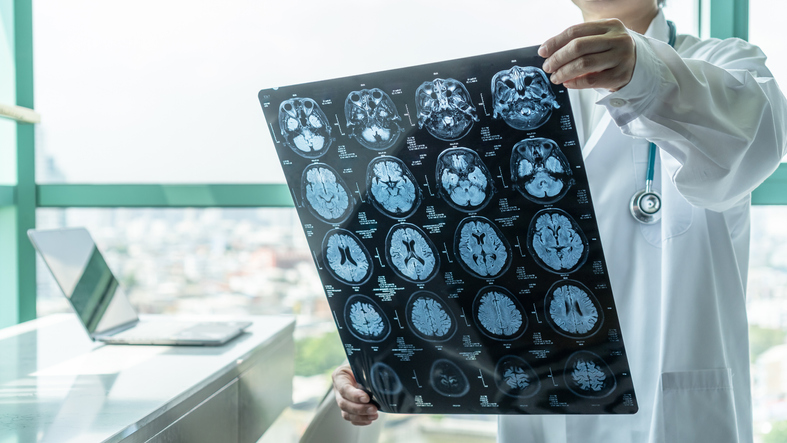Pain
Diagnosing Chiari Malformation

What is Chiari malformation?
Chiari malformation is a cerebellum structural defect in which part of the lower skull is too small, forcing the cerebellum to be pushed down into the spinal column. The cerebellum is the part of the brain that controls movement, muscle control, equilibrium and balance.
How is Chiari malformation diagnosed?
Chiari malformation is a rare condition; however, increased use of imaging tests has led to more frequent diagnoses. No specific test can definitively determine if a baby will be born with a Chiari malformation; however, some Chiari malformations can be identified with ultrasound imaging tests performed during pregnancy.
Most types of Chiari malformations are associated with birth defects, such as spina bifida. Children born with certain birth defects are usually tested for Chiari malformation. Oftentimes, individuals with Chiari malformation do not experience any symptoms. In fact, many individuals who have the condition don't even know it. Due to lack of symptoms, the diagnostic process of Chiari malformation often begins during a physical examination for a different suspected condition.
During the diagnostic process, a health care professional typically performs a physical exam. An individual’s memory, balance, touch, reflexes, sensation, memory and motor skills are thoroughly examined. These functions are controlled by the spinal cord, and the results of the physical exam help determine if more testing is needed.
Diagnostic tests
Certain diagnostic tests may be performed and include the following:
- X-rays produce images of bones and certain tissues. Although an X-ray of the head and neck does not reveal a Chiari malformation, it can identify bone abnormalities.
- Computed tomography (CT) uses a computer and X-rays to produce pictures of blood vessels and bones. A CT scan can help identify bone abnormalities and hydrocephalus (a buildup of fluid in the ventricles deep within the brain) associated with Chiari malformation.
- Magnetic resonance imaging (MRI) is the most common test used to diagnose Chiari malformation. An MRI uses strong magnetic fields and radiofrequency currents to create images of tissues, organs, bones and nerves. This detailed view of the body can determine if the cerebellum extends into the spinal canal.













